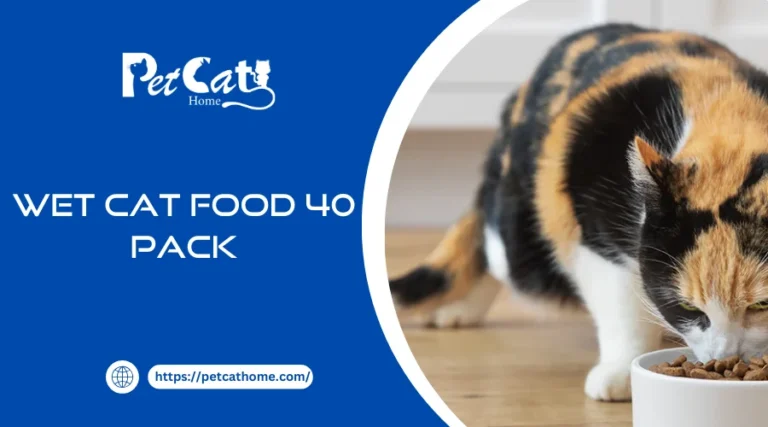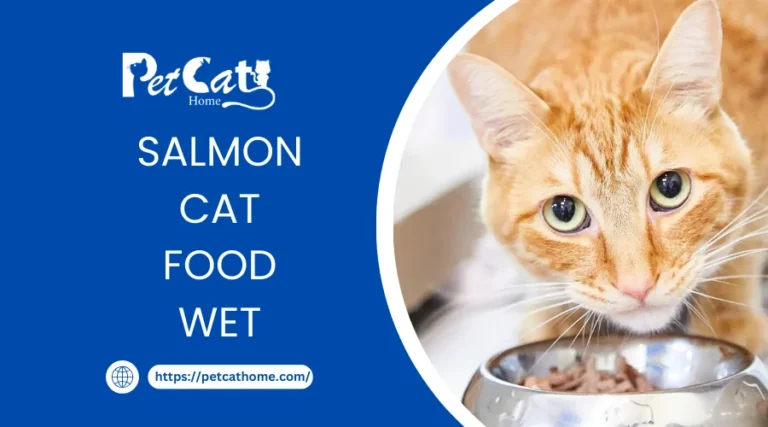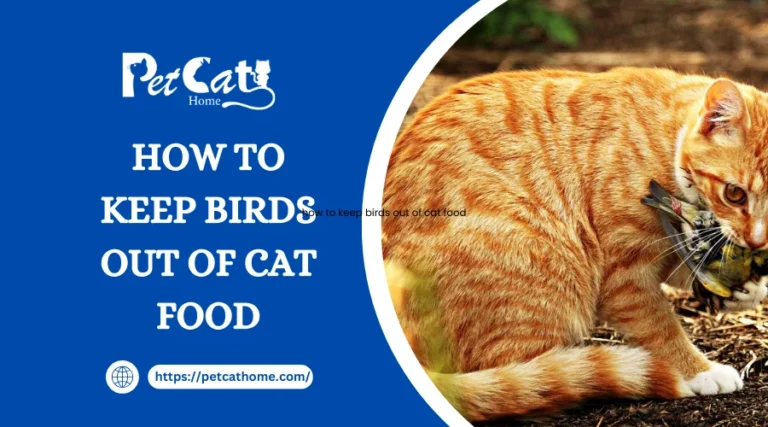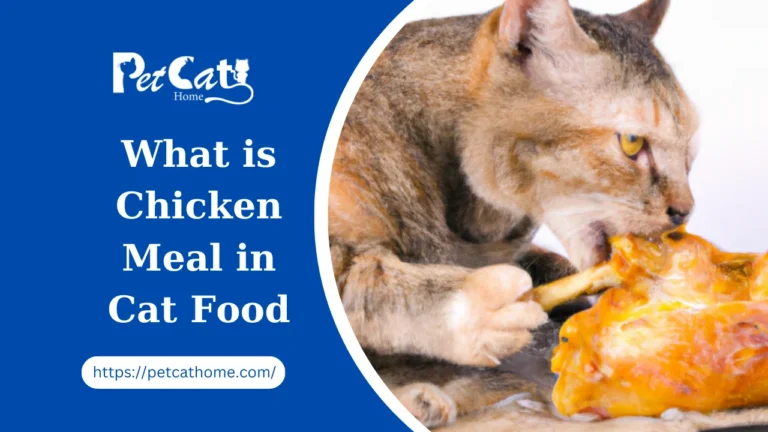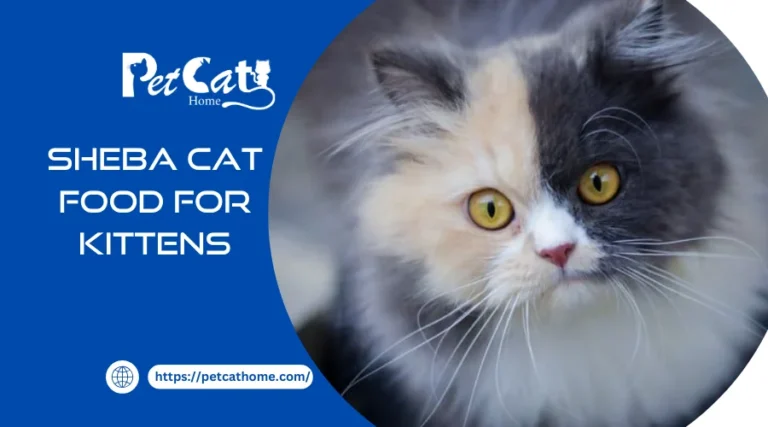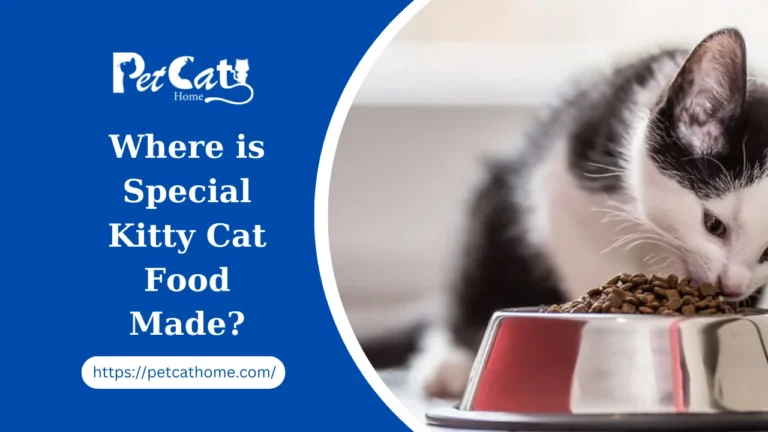Can Squirrels Eat Cat Food? Unveiling the Nutritional Choices of Our Furry Friends
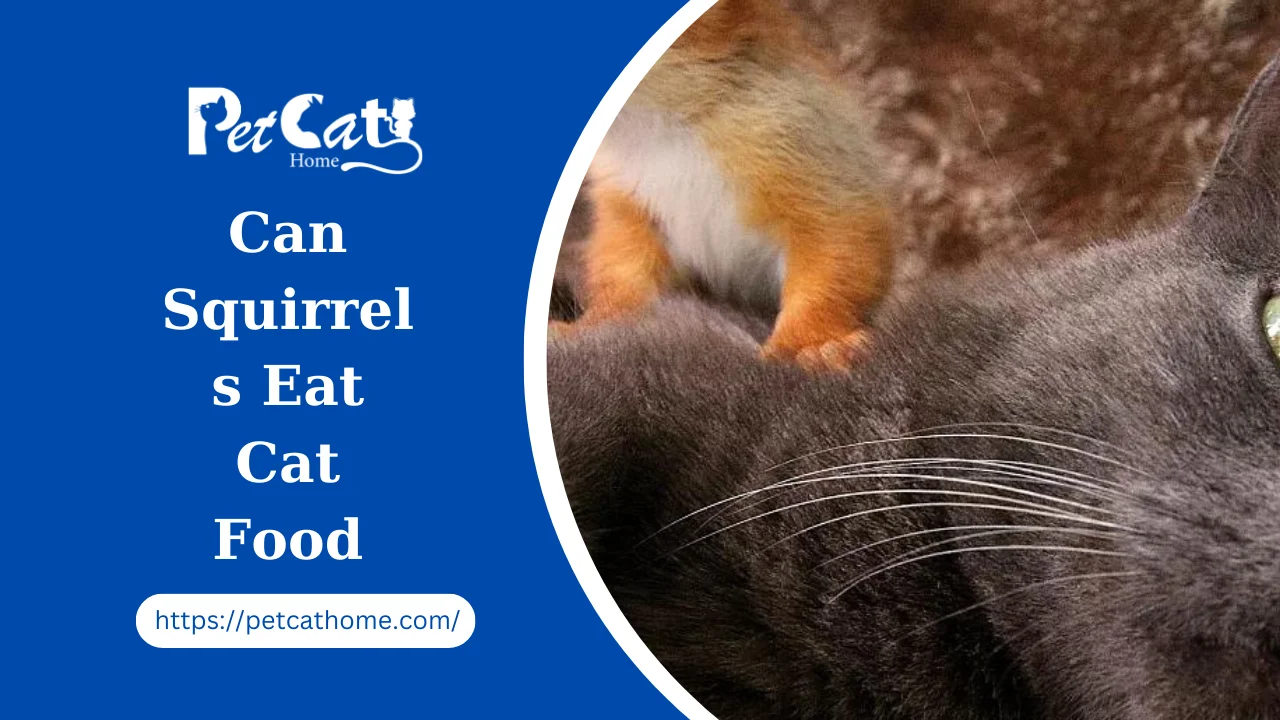
Curiosity about the eating habits of squirrels, those agile animals that adorn our yards with their daring antics, is frequently piqued. The curious query, “Can squirrels eat cat food?” comes up. We explore these furry creatures’ dietary habits in-depth in this post, offering professional advice and answering commonly asked questions. Come along on this adventure with us as we solve the puzzles surrounding what our bushy-tailed friends are eating.
Can Squirrels Eat Cat Food? The Curious Case Unveiled
There is a lot of curiosity about the diets of our animal companions. Let’s investigate the fascinating query: are squirrels able to consume cat food? Although they are mainly herbivores, squirrels may take advantage of opportunities and try new meals. We must examine the nuances of squirrel nutrition to determine whether squirrels eat cat food to their taste.
Understanding Squirrel Diets: A Dive into Squirrel Nutrition
Due to their wide range of species and environments, squirrels have different nutritional requirements. They may investigate alternative food sources, even when their main diet consists of fruits, vegetables, nuts, and seeds. We can determine whether cat food is suitable for them in their nutritional environment by looking at their natural diet.
Cat Food Ingredients: Assessing Compatibility
Protein-rich items like seafood and meat are frequently seen in cat food. Although this satisfies squirrels’ demands for protein, other additions such as artificial tastes and preservatives may cause issues. Examining the contents, let’s determine whether cat food is suitable for our bushy-tailed friends.
Nutritional Benefits and Risks: Weighing the Pros and Cons
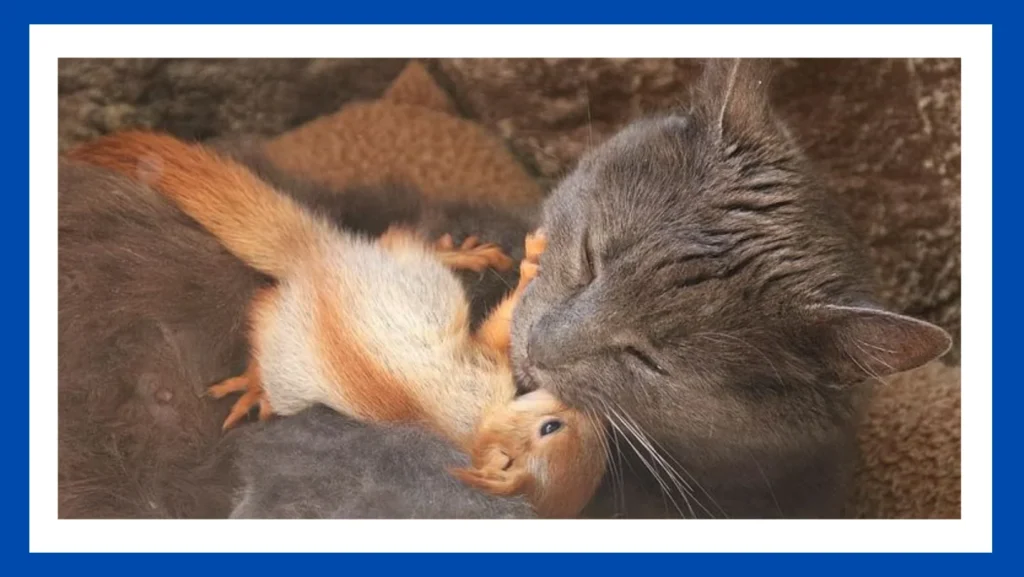
Determining whether squirrels may safely eat cat food requires an understanding of the hazards and nutritional benefits. Consuming enough protein is important, but too much fat and some additives can be harmful to your health. We can make more educated decisions about adding cat food to fox diets by considering these considerations.
Observations in the Wild: Real-Life Scenarios
Squirrel observations in their natural environment yield important insights. Even though they might snack on a wide range of foods, a balanced and organic diet is necessary for long-term health. Studying how kitten food fits into their gastronomic repertoire can be gained by looking at how they behave in the wild.
DIY Squirrel Food Alternatives: Crafting Squirrel-Friendly Options
If you are interested in giving squirrels extra food, making your DIY substitutes guarantees a healthy and regulated diet. Consider inventive ways to provide healthy snacks that meet the dietary requirements of squirrels eat cat food while avoiding the dangers that come with cat food.
Can Squirrels Eat Cat Food? Gauging Digestive Capacities
The ability to digest food is a critical factor in evaluating whether squirrels can properly metabolize cat food. The viability of adding cat food to their diets can be determined by evaluating their capacity to digest and absorb its components.
Squirrel Behavior and Preferences: Deciphering Furry Tastes
Due to their distinct habits and tastes, squirrels can choose their food sources. Determining their preferred flavors enables us to determine whether cat food stimulates their senses. Identifying their taste preferences will help create a well-rounded nutrition plan.
Expert Opinions: Insights from Wildlife Specialists
Speaking with wildlife experts can help you gain a better knowledge of squirrels’ nutritional requirements. Professional views provide insightful advice regarding whether cat food is appropriate for these nimble animals.
Can Squirrels Eat Dry Cat Food?
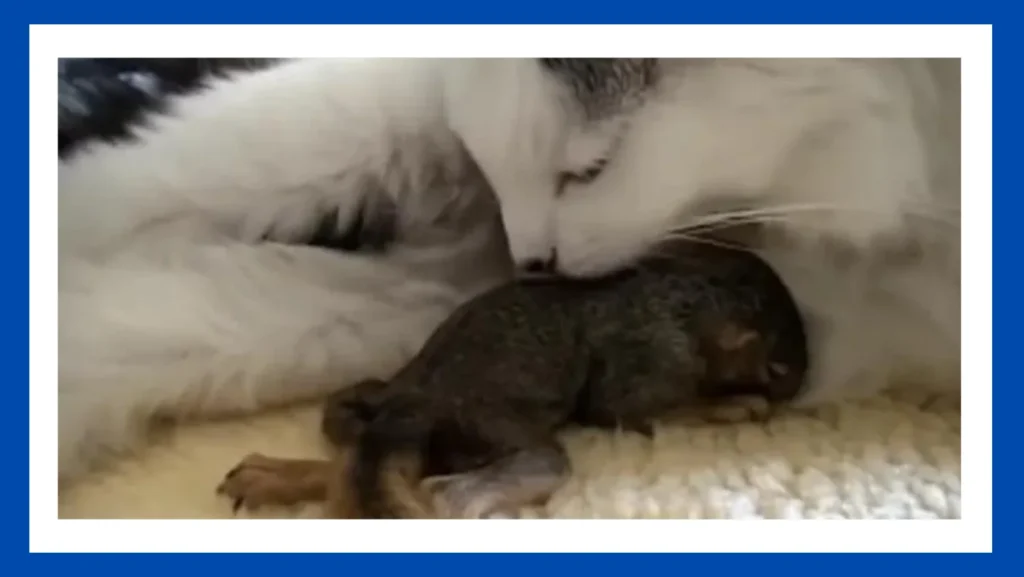
The topic of whether squirrels eat dry cat food has undoubtedly occurred to many observers who are inquisitive about the creatures. After looking more closely at all of the squirrels’ food choices, we’ll explore if dry cat food may also satiate their hunger.
Squirrels eat cat food and mostly eat vast amounts of nuts, seeds, fruits, and vegetables, though they occasionally take dry cat food. But it’s vital to understand all of the advantages and disadvantages of this dietary decision. This post will examine the nutritional makeup of dry cat food, possible negative effects on squirrels, the advantages of portion control, and substitutes that are more in line with their natural diet.
Come learn the truth about this fascinating feeding prospect as we explore the science and ramifications of squirrels’ choices of dry cat food. Find out more about the food preferences of squirrels and the effects of giving them dry cat food.
Does squirrel food taste better than cat kibble? Inform us, and we will observe if they comply. We’ll see if this readily available and convenient food source will entice their taste buds.
Squirrel Diet Overview
The amazing food repertory of squirrels, those agile acrobats of the treetops, demonstrates their adaptability in the environment. Gaining insight into squirrels’ dietary needs and foraging strategies begins with understanding their natural diet. In this in-depth investigation, we explore squirrels’ varied dietary choices, their predilection of nuts, seeds, fruits, and fruits and veggies, and how they have adeptly adjusted to the always-shifting bounty that each season has to offer.
Squirrels are nature’s cosmopolitan foodies, consuming a wide variety of foods to satisfy their appetites. They include nuts in their diet, and they are particularly fond of acorns, walnuts, and hazelnuts. Nutrient-dense, nutritious kernels can be accessed by carefully cracking open shells, a sight that attests to the incredible ability of squirrels. Their diets also heavily emphasize seeds, such as pine cones, and sunflower seeds, which supply the necessary proteins and lipids to support their active lifestyles.
The adorable relationship between squirrels and fruits is a sight to witness. Juicy grapes, sweet apples, and luscious berries are plucked from shrubs and trees by their deft paws. These colorful and juicy morsels provide a source of vital antioxidants and nutrients that support their general health in addition to being a delicious delight. Squirrels eat cat food and also eat vegetables, as evidenced by the fact that they munch on crunchy carrots, leafy greens, and sensitive shoots, which further diversify their diet.
Squirrels’ survival strategy is based mostly on their ability to adapt, as they skillfully deal with the shifting seasons and the corresponding fluctuations in food supply. Squirrels enjoy the profusion of sprouting plants in the springtime when nature emerges from its winter hibernation. After the nutrient-deficient winter months, the young shoots and new leaves offer a welcome influx of nutrition. A plentiful crop of fruits and nuts attracts squirrels to stockpile food for the upcoming colder months as summer blossoms.
As fall arrives, squirrels take advantage of the abundance of nuts in the environment by gathering and storing them in a frenzy of activity. Their remarkable sense of direction allows them to find and burrow food caches with remarkable accuracy, which keeps them fed over the long, cold winter. Squirrels depend on the treasures they have carefully hidden, their food supply protected from the weather when the snow covers the ground.
It’s interesting to note that squirrels’ dietary patterns are essential to both their survival and their ecology. Their foraging habits, which are frequently combined with a certain amount of forgetfulness, unintentionally promote the spread of seeds. By mistakenly burying some of their food stores, squirrels eat cat food helping to perpetuate the cycle of forest and woodland habitat renewal by effectively sowing plant seeds of future vegetation.
Although squirrels are incredibly flexible and can eat a wide range of foods, it’s important to remember that some human food sources meet their nutritional requirements. Foods that are processed or high in sugar should be avoided since they may be harmful to their health. Respecting their normal diet is crucial, as is giving them additional foods like nuts and seeds that are similar to what they would eat in their natural habitat.
Squirrel Feeding Behavior
Squirrels are fascinating animals with a variety of foraging techniques that highlight their adaptability and ingenuity in the outdoors. Comprehending their feeding habits offers valuable perspectives on their aptitude for gathering and preserving food, their boundless curiosity, and their persistent investigation of food sources inside their surroundings. Let’s explore the intriguing realm of squirrels eat cat food habits and discover the mysteries surrounding their amazing gastronomic endeavors.
- Feeding Patterns & Foraging Behavior: Squirrels are voracious eaters who are always searching for their next meal. In search of food, they can easily climb trees and scurry over branches thanks to their deft claws and nimble bodies. They show a wide variety of eating activities, such as nibbling, chewing, and gnawing.
With their ever-growing canines, squirrels split open nuts, remove the outer covering of seeds, and get the delicious insides. They are known to participate in both diurnal and nocturnal foraging, adjusting their feeding patterns in response to environmental cues and available food sources. As a result, their feeding behavior is not restricted to any one time of day.
- Food Gathering and Storage: The capacity of squirrels to gather and keep food for later use is one of the most fascinating features of their activity. When fall arrives and fruit-bearing trees begin, squirrels go on a mad dash to gather and stockpile any food as they can. They have an incredible memory that allows them to find their secret food caches remarkably accurately.
When food starts to run low, squirrels will frequently bury their riches in different places and use their excellent sense of smell as well as visual cues to find them. This behavior is essential to their survival in times of famine as well as to the spread of seeds, which promotes forest regeneration and the maintenance of a variety of habitats.
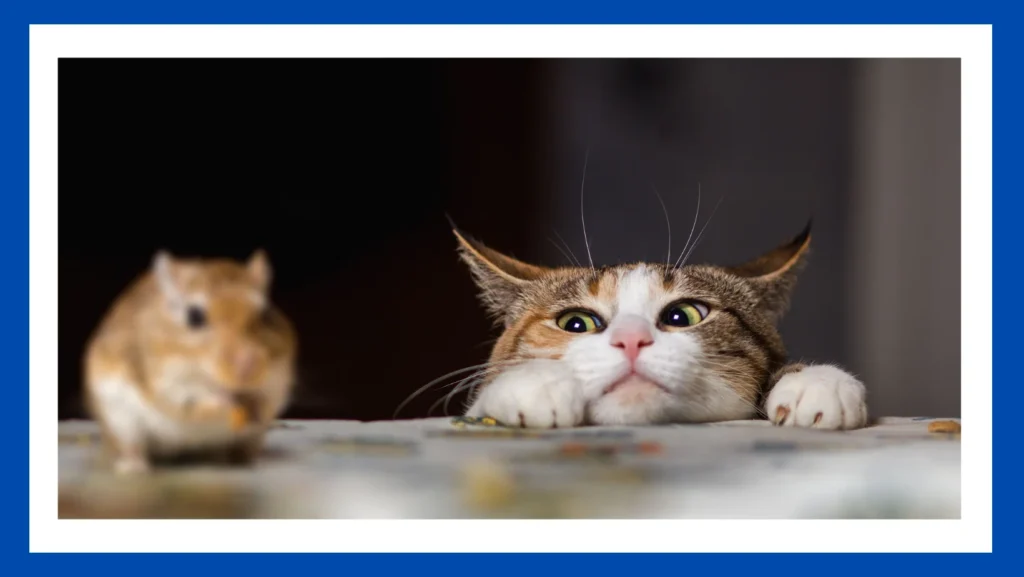
- Curiosity and Food Source Exploration: Squirrels are naturally curious and have a voracious appetite for food, which drives them to scour trees, shrubs, and the ground in search of hidden treats. They are also quick to sample new foods and evaluate their nutritional value; this exploratory behavior helps them find new feeding opportunities and adjust their diet according to seasonal availability. They also benefit from each other’s observation skills as they observe other squirrels navigating and conquering new food sources, which broadens their culinary repertoire.
The way that squirrels eat cat food is evidence of their extraordinary adaptability plus survival instincts. Their adaptable foraging techniques, along with their capacity to collect and preserve food, allow them to flourish in a variety of settings. Through exploring various food sources and embracing their insatiable curiosity, squirrels are continuously broadening their dietary horizons. Knowing these intriguing habits reveals the important ecological roles that they play as seed dispersers and maintainers of the natural balance, in addition to offering an insight into their everyday lives.
Thus, the next minute you see a squirrel busy collecting nuts or nibbling on a delicious treat, stop to admire the amazing eating habits that enable these endearing animals to thrive in their woodland environments. Their complex relationship with food is a prime example of the inventiveness of nature, and we may strengthen our ties to the diverse array of wildlife that lives all around us by paying attention to and honoring their habits.
Nutritional Composition of Dry Cat Food
Knowing the components of dry cat food and how they affect a cat’s health is crucial when relating to its nutritional makeup. The special nutritional needs of cats are taken into account while formulating dry cat food, which includes a balanced intake of proteins, lipids, carbs, vitamins, and minerals to support general health. This section will examine the common ingredients in dry cat food, examine the nutritional value then balance it offers, and emphasize how cats’ dietary demands differ from squirrels eat cat food.
- Components in Dry Cat Food: Generally, a blend of components is used in dry cat food to give feline friends a comprehensive and well-balanced diet. The precise components may differ based on the manufacturer and recipe, but typical elements consist of:
- Prime animal proteins, such as fish, poultry, or turkey, are the main source of the essential amino acids needed for maintaining and building muscle.
- Fats, which are frequently sourced from plant or animal oils, give off energy, facilitate the absorption of nutrients, and support the health of the skin and coat.
- Carbohydrates are an additional energy source and help maintain digestive health. They can be found in foods like grains and vegetables.
- Some vitamins and minerals, such as calcium, phosphorus, taurine, vitamin D, vitamin E, and vitamin A, are essential for healthy growth, immune system operation, bone health, and vision.
- Nutritional Value and Balance: Cats require a balanced blend of nutrients for optimum health, and this is what dry cat food is designed to give them. Given that cats are carnivores, dry cat food usually has a higher protein concentration than other macronutrients. Maintaining lean muscle mass, bolstering the immune system, and encouraging healthy growth and development all depend on getting enough protein in the diet. The fats in dry cat food assist supply energy, facilitate the absorption of vitamins that are soluble in fat, and support the maintenance of shiny coats and healthy skin. Although the amount of carbohydrates in cat food is typically lower than that of other ingredients, dry cat food contains carbohydrates that can be used as a source of energy.
To fulfill the unique nutritional requirements of cats, dry cat food is enhanced with vital vitamins and minerals in addition to macronutrients. These nutrients are essential for many body processes, such as immune system function, bone health, vision, and general health. Since taurine improves heart health, eyesight, and reproductive function, it is especially vital to have this necessary amino acid for cats.
- The Different Nutrient Needs of Cats and Squirrels: Due to their physiological and evolutionary variations, cats and squirrels eat cat food and have different nutrient requirements. Being obligate carnivores, cats need more animal-based proteins and certain nutrients, which are found in large amounts in meat sources. Conversely, squirrels are omnivores that consume a wider variety of foods, such as fruits, vegetables, nuts, and seeds.
Squirrels can manufacture taurine in their muscular tissues and do not need to eat as much as cats do, whereas cats must obtain their supply of this essential amino acid through diet. Furthermore, because of their distinct metabolic processes, cats have a greater need for several vitamins than others, including vitamin A and vitamin D.
These distinctions must be taken into account when determining if dry cat food is appropriate for squirrels. Although some squirrels might try dry cat food, it shouldn’t be their main food source. To suit their nutritional demands, squirrels need a diet that closely resembles their natural feeding habits and offers a variety of nuts, seeds, fruits, and vegetables.
FAQs
Is cat food safe for squirrels eat cat food?
While cat food is harmless when consumed in moderation, an all-cat diet may be deficient in important nutrients.
What nutrients do squirrels eat cat food need?
A well-balanced meal high in proteins, good fats, vitamins, and minerals is necessary for squirrels.
Can squirrels eat dry cat food?
While dry cat food can be used occasionally, it shouldn’t take the place of their regular diet.
Are there risks associated with feeding squirrels eat cat food?
Moderation is crucial to minimizing risks such as dietary imbalances and potential harm from chemicals.
How often should squirrels be given cat food?
Cat food shouldn’t be a staple; instead, concentrate on their natural diet. Occasionally, treats are OK.
Conclusion
Cat food can be a thread, but it shouldn’t be the complete fabric in the broader scheme of squirrels eat cat food nutrition. Even though squirrels occasionally splurge, a balanced diet is the key to a long, happy life for them. Find a balance, offer healthy substitutes, and watch these animal companions flourish in our communal areas.
